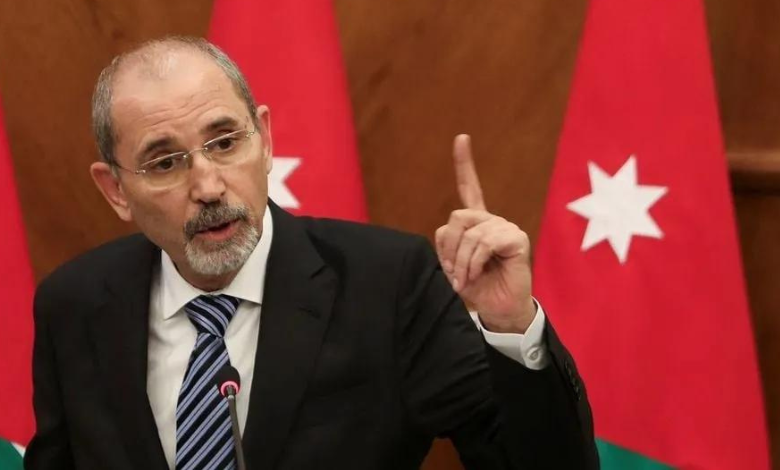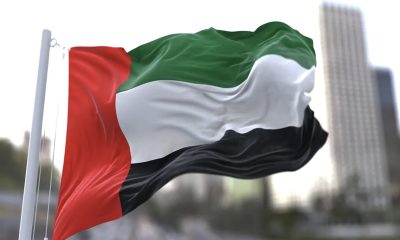Against the backdrop of the ongoing Israel-Hamas conflict, Jordan’s Foreign Minister, Ayman Safadi, didn’t mince words, sharply criticizing Israel’s actions as “blatant aggression” with severe consequences for Palestinian civilians and the broader Middle East.
His remarks, delivered at the Manama Dialogue summit in Bahrain, underscore the strained relations between Jordan and Israel, who had previously inked a peace deal in 1994.
Safadi pulled no punches, accusing Israel of committing “war crimes” by imposing a blockade on Gaza, disrupting vital supplies like food, medicine, and fuel. These strong words highlight the growing diplomatic complexities in the region, exacerbated by the Hamas attack on southern Israel on October 7, sparking the current conflict.
Echoing Safadi’s sentiments, Bahrain’s Crown Prince Salman bin Hamad Al Khalifa called for an immediate ceasefire, suggesting a hostage swap between Hamas and Israel. He urged a temporary halt to the conflict to allow for burials and reflection on the root causes of the crisis.
The toll of the war has been staggering, with over 12,300 reported Palestinian casualties, predominantly women and minors. Safadi expressed deep concern about Israel’s apparent goal to dislodge Palestinians from Gaza, seeing it as a direct threat to Jordan and Egypt. He dismissed the idea of Arab troops intervening post-conflict, emphasizing the importance of a two-state solution despite the peace process deadlock.
While Safadi’s comments reveal the tense diplomatic atmosphere, Brett McGurk, the White House’s Middle East coordinator, highlighted the need to address critical issues like forced displacement, reoccupation, territorial reduction, threats to Israel, and besiegement.
Efforts to broker new recognition deals between Israel and Arab nations, particularly Saudi Arabia, seem stuck. McGurk warned against sidelining the Palestinian issue for regional peace, emphasizing its pivotal role in any lasting diplomatic solution.
As the conflict persists, navigating this intricate geopolitical landscape requires careful consideration, aiming for a sustainable and inclusive resolution.
Read More: Harnessing Skyscrapers: A Ray of Hope for Heat in the Gulf


















